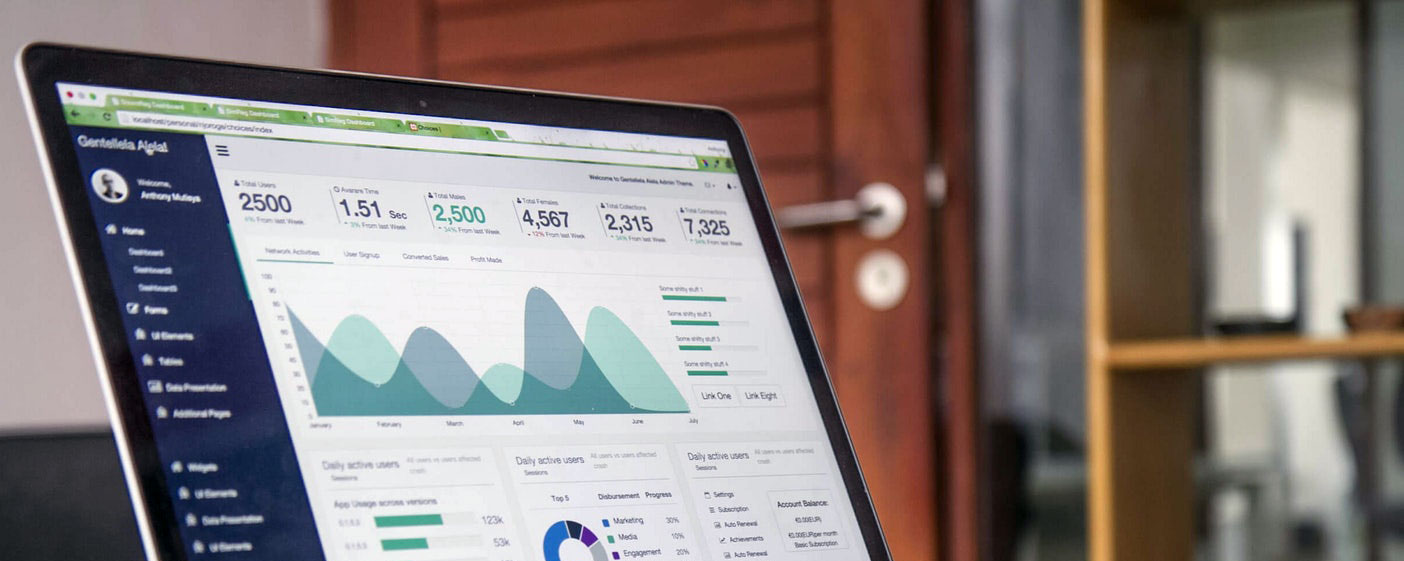Is Child's Pose really a relaxing pose?

Is Child's Pose, or Balasana, really the go-to relaxation pose we are often told it is? We look at the science, anecdotes, and physiological insights.
"If you need a moment, take a Child's Pose in between." How often have you heard this before? Or how often have you offered Child's Pose as a relaxation pose to your own students? For me, it always gives a headache or irritates my shoulder injury and it definitely doesn't feel relaxing. Let's look at what science has to say about all this.
Bursting the Bubble: There is no specific research on Child’s Pose alone
First, it’s important to point out that while yoga is widely studied, no research focuses only on Child's Pose. We don’t have studies where participants are cued to go into Child’s Pose and report back on its effects in isolation. Instead, we find broader research on how yoga practices as a whole impact the body and mind, as well as general physiological insights into how our bodies respond to specific body positions.
Despite the lack of isolated studies on Child’s Pose, we can still explore potential effects by looking at research on forward bends, restorative postures, and yoga practice in general. And let’s not forget the role of anecdotal evidence, even if it’s not hard science. Interestingly, traditional yogic texts don’t even mention Child’s Pose as a relaxation pose. It seems to have evolved into one in modern yoga, becoming a go-to grounding option for many practitioners (oh, but why?).
Research on Yoga and Relaxation
Remember, the findings here aren’t specific to Child’s Pose but rather to yoga practices broadly—which can vary from study to study. So, keep in mind that these conclusions aren’t a one-to-one translation to Child’s Pose. Here are some insights that might help us understand why this pose might feel relaxing:
- Rest and Digest: Research suggests that yoga activates the parasympathetic nervous system, which reduces heart rate and blood pressure, bringing us into the “rest and digest” mode. With diaphragmatic breathing, this relaxation response could apply to Child’s Pose too.
- Less Stress: Poses that encourage slow, deep breathing, like Child’s Pose, are associated with reduced cortisol levels (our main stress hormone). By focusing on slow, deep breaths, students often report feeling calmer (in their yoga practice, NOT just in Child’s Pose).
- Grounding and Mindfulness: When your forehead touches the ground, it can feel grounding, promoting a sense of connection and surrender (this one’s more anecdotal than scientific). Many find that yoga overall encourages mindfulness, introspection, and a “letting go” mindset that might foster mental clarity.
So while Child's Pose isn’t proven to bring these benefits alone, it might support a calming effect when practiced as part of a yoga sequence. But this doesn't yet prove that we should take a Child's Pose when we need a moment. So let's dive deeper.
Physiological findings relevant to Child’s Pose
Without dedicated studies, we can still make educated inferences about Child's Pose based on what we know about body mechanics and the nervous system.
- Physical Relaxation: Child's Pose gently stretches the lower back, hips, thighs, and ankles, which helps release tension in these areas. When held mindfully, it can allow tight muscles to soften and may ease stress and strain. (if this feels like BS, wait for the next section)
- Parasympathetic Activation: By resting the forehead on the ground, Child’s Pose might stimulate the vagus nerve, which can activate the parasympathetic nervous system. This could lower blood pressure and heart rate, but this effect is based on research from broader studies on forward bends, relaxing postures and yoga practices.
- Digestive Benefits: Gentle abdominal compression in Child’s Pose may stimulate digestive organs, which could help alleviate mild digestive discomfort or bloating. While not specific to Child’s Pose, these benefits are common in poses that involve gentle compression and twists. Child’s Pose is after all just a Wind Relieving pose on our tummies.
Limitations and Considerations
- Physical discomfort: Child’s Pose may feel uncomfortable. Tightness in some areas of the body or other physical discomfort may limit full relaxation and potentially reduce the pose’s stress-relieving potential. (I think when we realised that many of us were actually not comfortable in this pose is when we started questioning this pose)
- Emotional responses: Child’s Pose invites introspection and a feeling of safety, but it can also bring up unexpected emotions, which could be overwhelming for some practitioners without proper support.
- Physical limitations for stress relief: Without proper guidance or support, some bodies may still feel uncomfortable in Child’s Pose, and it just might not feel right for everyone. Combining Child’s Pose with other yoga techniques, like deep breathing or meditation, may help tackle stress in a more holistic way.
Conclusion: Is Child’s Pose truly relaxing?
In the end, Child’s Pose can promote a sense of calm and relaxation, but it’s not a magic fix. The most substantial benefits are often found when it’s practiced within a complete yoga session, where it blends with other poses and breathing techniques. We should be cautious about attributing specific relaxation benefits to this pose alone, given the lack of isolated research.
For some, Child’s Pose may offer comfort and grounding, while others might need a few adjustments or an alternative pose to get the same relaxing effect. In the end, each student's experience is unique, and as always with yoga, listen to what feels best for your own body.
Categories: : yoga science
 Katie Roth
Katie Roth 
